Maximize Cloud Efficiency: Complete Guide to Well-Architected Reviews
- Ankush Madaan
- Blog
About
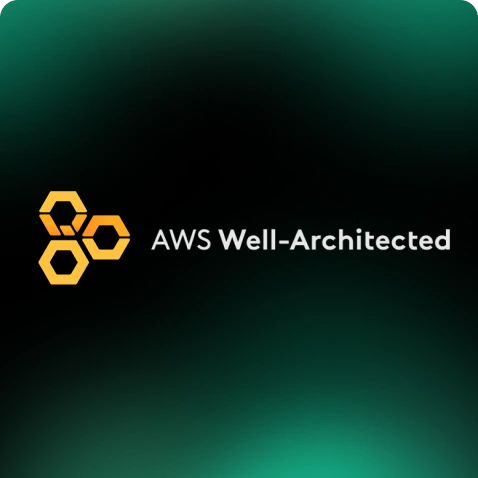
Industries
- AWS WELL ARCHITECTED REVIEW, Cloud Migration, Cloud Security, Digital Transformation
Share Via
Introduction
The Well-Architected Review is a strategic framework designed to enhance the efficiency and effectiveness of cloud architectures. Central to cloud computing and DevOps, this review is a comprehensive assessment that ensures an organization’s cloud infrastructure aligns with industry best practices and business objectives.
At its core, the Well-Architected Review evaluates the architecture of cloud-based applications against Six key pillars: operational excellence, security, reliability, performance efficiency, cost optimization & Sustainability. This evaluation is crucial in determining if an application is built to be secure, scalable, and resilient while remaining cost-effective and easy to manage.
The purpose of conducting a Well-Architected Review is multifaceted. Primarily, it identifies areas where improvements can be made, ensuring that the architecture not only meets current needs but is also poised for future growth and changes. This process is particularly vital in a DevOps environment where continuous integration, delivery, and agility are essential.
Significance of the Well-Architected Review
The significance of the Well-Architected Review extends beyond any single cloud provider. Initially developed by AWS, the principles and best practices of the Well-Architected Framework have gained broad applicability across various cloud platforms, including Google Cloud Platform (GCP) and Microsoft Azure. This universality is a testament to the framework’s comprehensive nature, providing a common language and set of standards for cloud architecture.
By conducting the Well-Architected Review, organizations gain insights into their cloud practices, enabling them to make informed decisions that enhance their application’s security, reliability, and efficiency. This review is not a one-time exercise but a part of an ongoing strategy of continuous improvement, adapting to new challenges and technologies in the cloud computing landscape.
Pillars of Well-Architecture Review
Well-Architected Review is anchored by six fundamental pillars, each representing a critical aspect of a robust and efficient cloud architecture.
1. Operational Excellence
Operational excellence in the cloud focuses on running and monitoring systems to deliver business value continuously. This pillar emphasizes the importance of automating changes and responding to events. Incorporating Continuous Integration/Continuous Deployment (CI/CD) practices ensures seamless and reliable updates, minimizing downtime and accelerating feature deployment.
2. Security
Security is paramount, entailing the protection of information and systems. In cloud architectures, this involves implementing robust access controls and data encryption. Emphasising infrastructure as code helps in maintaining consistent security standards, as it allows for the automated setup of security configurations, reducing human error.
3. Reliability
Reliability ensures that a system can recover from failures and dynamically acquire resources to meet demand. This involves designing fault-tolerant systems and implementing backup strategies. Observability plays a key role here, as it enables real-time monitoring and proactive problem-solving.
4. Performance Efficiency
This pillar revolves around using computing resources efficiently. It involves selecting the right resource types and sizes based on workload requirements. Performance efficiency is enhanced through scalability solutions and adopting new technologies that improve workload performance.
5. Cost Optimization
Cost optimization in cloud computing is about avoiding unnecessary costs. It involves understanding and controlling where money is being spent, selecting the most appropriate and cost-effective resources, and scaling to meet business needs without overspending.
6. Sustainability
The newest addition to the framework, sustainability, focuses on building environmentally friendly cloud solutions. This includes optimizing resource usage and leveraging cloud efficiencies to reduce the environmental impact of cloud services.
Benefits of Conducting a Well-Architected Review
Risk Mitigation: Identifies potential risks in cloud infrastructure, allowing for proactive measures to prevent system failures or data loss.
Strategic Decision Making: Provides insights that inform strategic decisions, aligning cloud infrastructure with business objectives.
Technical Best Practices: Encourages the adoption of cutting-edge practices in cloud architecture, leading to robust and future-ready systems.
Real-World Impact
Revnue, a dynamic organisation specialising in contract lifecycle management wanted to list their product on AWS marketplace and this required an AWS Well-architected Review and Foundational Technical Review (FTR) . Our approach involved a thorough review of the cloud architecture, focusing on the six pillars of the AWS Well-Architected Framework – Operational Excellence, Security, Reliability, Performance Efficiency, Cost Optimization & sustainability. Our team conducted an in-depth analysis to identify areas for improvement and align their cloud infrastructure with best practices to resolve any High-risk Issues reported. Link to the thier marketplace listing AWS Marketplace: Revnue
All this was achieved within time frame of 45 days which includes Review , Remediation and listing on Marketplace all because we at SquareOps are AWS well-architected partner which reflects our expertise in conducting these Audits Quickly and helping our customers bridge the gap by implementing DevOps practices based on the report. Additionally this helps client secure 5000$ in AWS funding as well.
Best Practices and Common Pitfalls in Well-Architected Reviews
In the process of conducting Well-Architected Reviews, several best practices are pivotal for ensuring optimal outcomes:
Comprehensive Documentation: Keeping detailed records of cloud architectures aids in identifying areas for improvement and ensures consistency in future reviews.
Regular Review Cycles: Staying abreast of new technological developments and adjusting strategies accordingly is crucial. Regular reviews help in adapting to changes and maintaining a cutting-edge cloud infrastructure.
Stakeholder Engagement: Involving a diverse group of stakeholders, including technical teams, management, and end-users, provides a holistic understanding of the architecture’s impact on different aspects of the business.
Proactive Risk Management: Identifying and mitigating risks early in the architecture design phase helps in avoiding potential future complications.
Common Pitfalls to Avoid
Awareness of common pitfalls is equally important to guide organizations away from potential missteps:
Security and Compliance Oversight: One of the most critical aspects, yet often overlooked, is ensuring robust security measures and adherence to compliance standards. Neglecting this can lead to significant vulnerabilities.
Mismanagement of Cloud Costs: Failing to understand and effectively manage cloud costs can result in excessive spending. Regular cost analysis and optimization are essential.
Inflexible Architectural Designs: Not accounting for scalability and flexibility in the cloud architecture can hinder future growth and adaptation to changing business needs.
Insufficient Focus on Performance: Overlooking performance optimization can lead to inefficiencies and poor user experiences. Continuous performance monitoring and optimization should be integral to the review process.
Beyond the Review – Embracing Continuous Improvement
After completing a Well-Architected Review, it’s crucial for organizations to view this not as a one-time exercise but as a stepping stone towards continuous improvement in their cloud journey. This ongoing process ensures that the cloud architecture remains aligned with evolving business goals and technological advancements.
Implementing Recommendations
Post-review, the immediate focus should be on implementing the identified recommendations. This involves addressing high-risk issues first, followed by systematically tackling areas for optimization in security, performance, cost, and operational excellence. This phase often requires a collaborative effort between different departments to effectively integrate changes into existing workflows.
Regular Monitoring and Adaptation
Continuous monitoring of the cloud environment is key to maintaining its health and efficiency. Organizations should leverage automated monitoring tools to track performance, costs, and security, enabling them to identify and respond to issues swiftly. This proactive approach allows for adjustments in real-time, keeping the architecture robust and responsive.
Iterative Reviews and Feedback Loops
Periodic re-assessment through iterative Well-Architected Reviews is vital. As business needs evolve and new cloud features become available, these reviews help reassess the architecture’s alignment with current objectives. Incorporating feedback from these reviews into the cloud strategy ensures that the architecture remains dynamic and adaptable.
Fostering a Culture of Improvement
Finally, embedding a culture of continuous improvement within the organization is essential. Encouraging teams to regularly seek out improvement opportunities, experiment with new solutions, and learn from outcomes fosters innovation and keeps the organization at the forefront of cloud technology.
Conclusion
In summary, the journey beyond a Well-Architected Review is about maintaining a cycle of continuous assessment, implementation, monitoring, and adaptation. This approach ensures that an organization’s cloud infrastructure not only meets current needs but is also poised for future challenges and opportunities.
Frequently asked questions
A Well-Architected Review is a structured assessment of a cloud architecture based on the AWS Well-Architected Framework. It evaluates the design and implementation of workloads against best practices, ensuring that cloud systems are optimized for security, cost-efficiency, reliability, performance, and operational excellence.
A Well-Architected Review helps identify architectural weaknesses, optimize resource usage, and ensure that the application meets security, scalability, and performance goals. It also helps businesses align their cloud strategy with industry best practices.
The five pillars are Operational Excellence, Security, Reliability, Performance Efficiency, and Cost Optimization. Each pillar focuses on specific aspects of cloud architecture, from effective monitoring and incident response to ensuring low-cost and high-performance operations.
Reviews should be conducted regularly, especially when there are significant changes to the workload, such as major updates, new deployments, or when scaling to new regions. It’s recommended to perform reviews at least annually to stay aligned with evolving best practices.
Benefits include improved cost management, enhanced security, better performance, and more reliable systems. The review helps ensure that the cloud architecture evolves with business needs while reducing risks and optimizing cloud spend.
Well-Architected Reviews can be conducted by cloud architects, DevOps engineers, or AWS-certified professionals who have expertise in cloud architecture and the AWS Well-Architected Framework.
AWS provides several tools, including the AWS Well-Architected Tool (WAT) for evaluating workloads against the five pillars. Other tools like AWS Trusted Advisor and Cost Explorer also support the review process by offering insights into optimization opportunities.
After completing the review, prioritize the identified issues based on their impact and develop a plan for remediation. This may involve adjusting configurations, implementing new security measures, improving scalability, or optimizing resources.
Yes, the review ensures that workloads comply with industry standards, regulations, and frameworks like HIPAA, PCI-DSS, and GDPR. Security and operational excellence practices help organizations meet compliance requirements.
By identifying inefficiencies, eliminating unnecessary resources, and optimizing workloads for cost and performance, a Well-Architected Review ensures that the cloud environment is running as efficiently as possible, both from a performance and a financial standpoint.
Related Posts
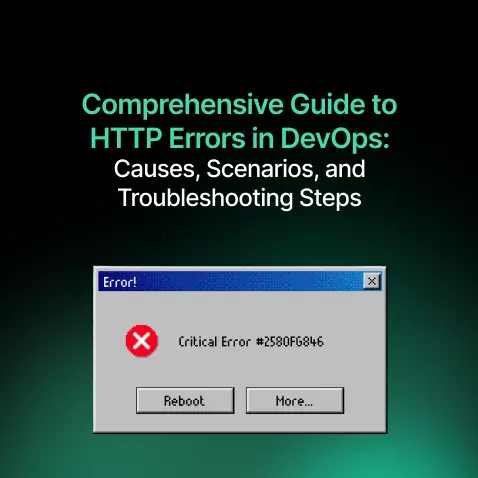
Comprehensive Guide to HTTP Errors in DevOps: Causes, Scenarios, and Troubleshooting Steps
- Blog

Trivy: The Ultimate Open-Source Tool for Container Vulnerability Scanning and SBOM Generation
- Blog
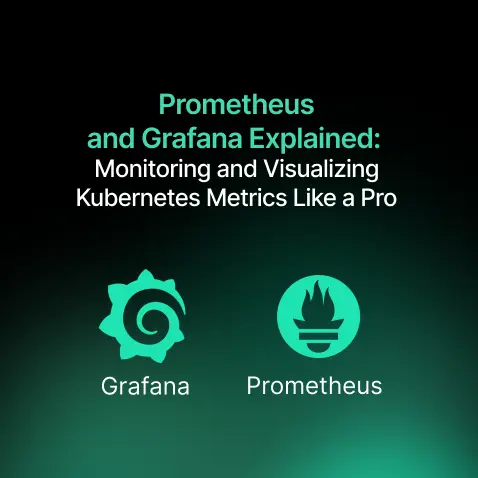
Prometheus and Grafana Explained: Monitoring and Visualizing Kubernetes Metrics Like a Pro
- Blog
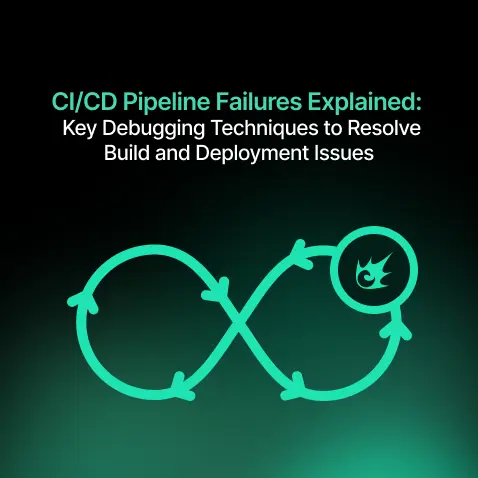
CI/CD Pipeline Failures Explained: Key Debugging Techniques to Resolve Build and Deployment Issues
- Blog
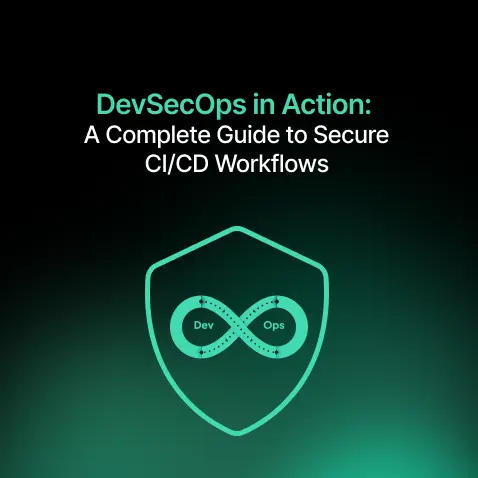
DevSecOps in Action: A Complete Guide to Secure CI/CD Workflows
- Blog

AWS WAF Explained: Protect Your APIs with Smart Rate Limiting
- Blog

